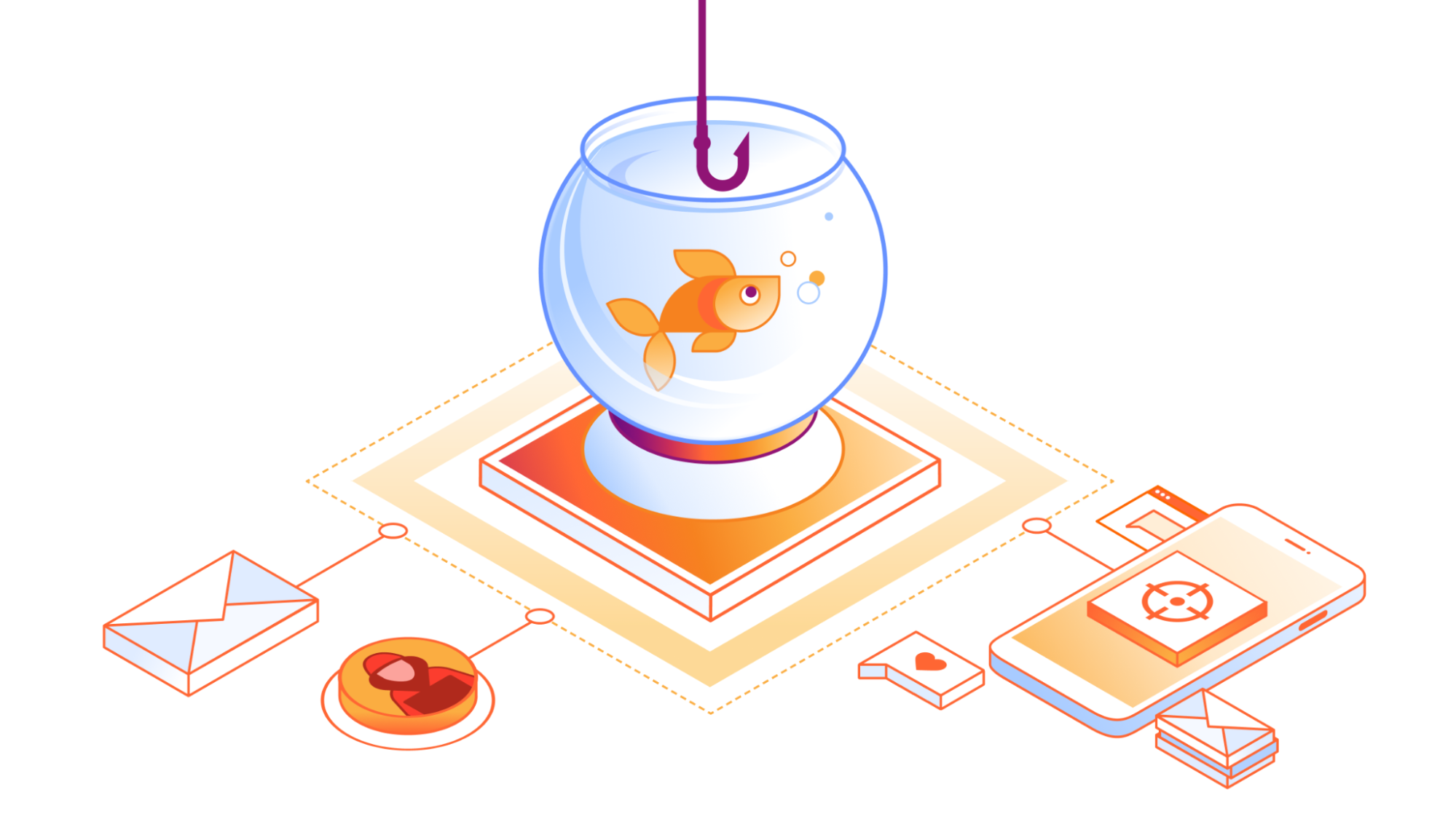Author Archives: Pete Pang
Author Archives: Pete Pang
Being a bad guy on the Internet is a really good business. In more than 90% of cybersecurity incidents, phishing is the root cause of the attack, and during this third week of August phishing attacks were reported against the U.S. elections, in the geopolitical conflict between the U.S., Israel, and Iran, and to cause $60M in corporate losses.
You might think that after 30 years of email being the top vector for attack and risk we are helpless to do anything about it, but that would be giving too much credit to bad actors, and a misunderstanding of how defenders focused on detections can take control and win.
Phishing isn’t about email exclusively, or any specific protocol for that matter. Simply put, it is an attempt to get a person, like you or me, to take an action that unwittingly leads to damages. These attacks work because they appear to be authentic, visually or organizationally, such as pretending to be the CEO or CFO of your company, and when you break it down they are three main attack vectors that Cloudflare has seen most impactful from the bad emails we protect our customers Continue reading
This post is also available in 한국어, 日本語, 简体中文, 繁體中文, Français, Deutsch and Español.

Being a bad guy on the Internet is a really good business. In more than 90% of cybersecurity incidents, phishing is the root cause of the attack, and during this third week of August phishing attacks were reported against the U.S. elections, in the geopolitical conflict between the U.S., Israel, and Iran, and to cause $60M in corporate losses.
You might think that after 30 years of email being the top vector for attack and risk we are helpless to do anything about it, but that would be giving too much credit to bad actors, and a misunderstanding of how defenders focused on detections can take control and win.
Phishing isn’t about email exclusively, or any specific protocol for that matter. Simply put, it is an attempt to get a person, like you or me, to take an action that unwittingly leads to damages. These attacks work because they appear to be authentic, visually or organizationally, such as pretending to be the CEO or CFO of your company, and when you break it down they are three Continue reading

In the ever-evolving landscape of cyber threats, a subtle yet potent form of phishing has emerged — quishing, short for QR phishing. It has been 30 years since the invention of QR codes, yet quishing still poses a significant risk, especially after the era of COVID, when QR codes became the norm to check statuses, register for events, and even order food.
Since 2020, Cloudflare’s cloud email security solution (previously known as Area 1) has been at the forefront of fighting against quishing attacks, taking a proactive stance in dissecting them to better protect our customers. Let’s delve into the mechanisms behind QR phishing, explore why QR codes are a preferred tool for attackers, and review how Cloudflare contributes to the fight against this evolving threat.
The impact of phishing and quishing are quite similar, as both can result in users having their credentials compromised, devices compromised, or even financial loss. They also leverage malicious attachments or websites to provide bad actors the ability to access something they normally wouldn’t be able to. Where they differ is that quishing is typically highly targeted and uses a QR code to further obfuscate itself from detection.
Since Continue reading